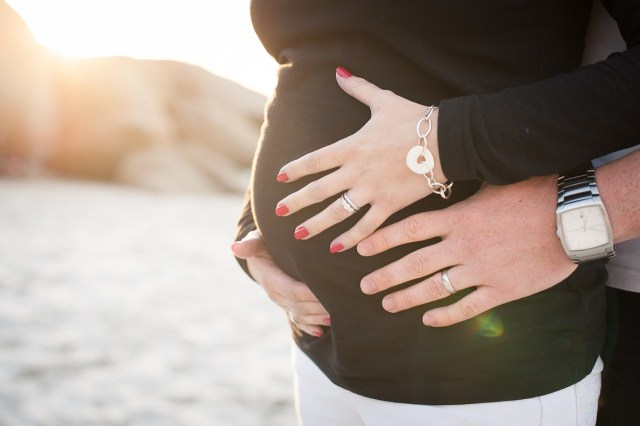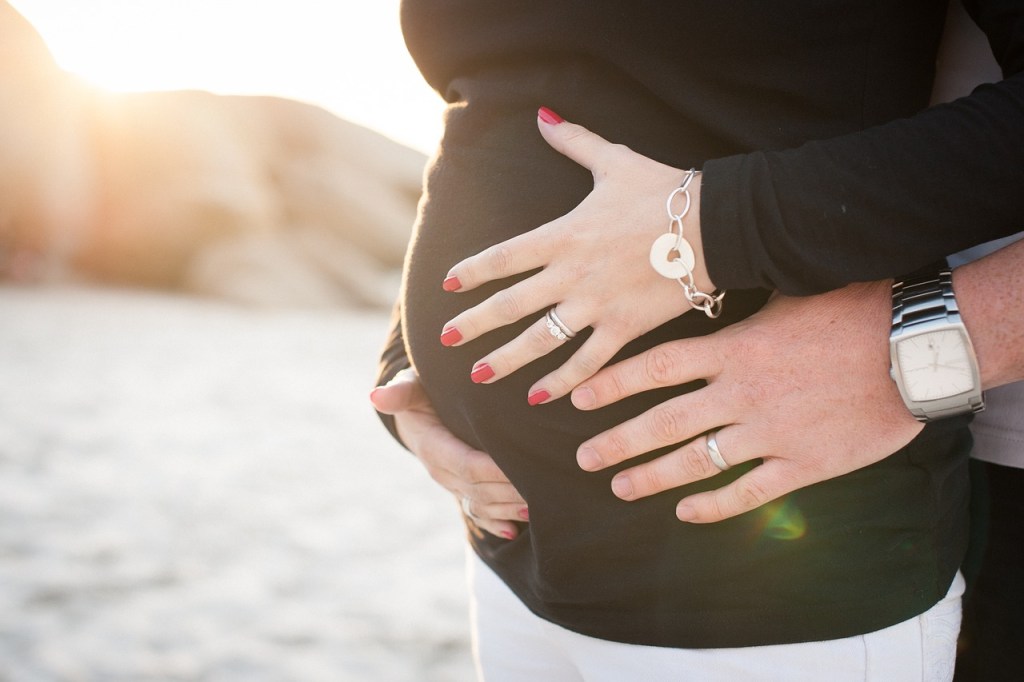Your kids love trick-or-treating, but if you’re a bit spooked by the thought of them consuming their giant stash of Halloween sweets, why not let those little pumpkins in on a secret? They can trade their extra candy for cash! No tricks! Even more, they’ll be doing a good deed, because their wrapped treats get shipped to troops overseas. We’ve made it easy for you to offload the excess by finding over a dozen San Diego dentists who are hosting spook-tacular Halloween Candy Buybacks. Read on to find your local sweet spot to make the drop.
photo: Curtis L. Chan, DDS
Curtis L. Chan, DDS
Treat the troops to trick-or-treat candy and earn a little cash for your littles. Bring your extra goodies to dentist Dr. Chan’s on Nov. 10th with many other little ghouls and goblins. Amazingly, this dentist collected over 15,000 pounds of candy, 4,500 cards and letters and almost 500 beanie babies last year!
Date: Nov. 10, 3-7 p.m.
12835 Pointe Del Mar Way #3
Del Mar, CA 92014
Online: curtischandds.com
First Tooth Pediatric Dentistry
Do a boo-tiful thing and exchange your extra wrapped candy for treats Nov. 1-10. Not only does the candy go to support the troops overseas, but your little ghost can also choose a toy, gift card or cash in return for those sweets. Further, you’ll get $1 for every pound of candy with a max of 5 pounds.
Date: Nov. 1-10, 9 a.m.-5 p.m.
2775 Via De La Valle, Ste. 103
Del Mar, CA 92014
Online: firsttoothsd.com
photo: U.S. Embassy Panama via Flickr
Warner Pediatric Dental
A ghostly gathering of happy teeth. It’s the 7th year for Dr. Warner Pediatric Dental’s candy buyback. Save the date Nov. 1st and support Operation Gratitude.
Date: Nov. 1, 2-6 p.m.
1443 Encinitas Blvd.
Encinitas, CA 92024
Online: warnerpediatricdental.com
Han Orthodontics
If you live in North County San Diego, we know ‘witch’ candy buyback to hit up: Dr. Han’s Orthodontics. Head on over between normal work hours, 8:30 a.m.-5 p.m. on Nov. 1st or 2nd. Your little pumpkin will get $1 per pound with a max of $5. Also, all kids need to be with an adult. Note: they take a break from noon-1:15 p.m. for lunch.
Date: Nov. 1 & 2
122 Civic Center Dr., Ste. 104
Vista, CA 92084
760-726-4790
Online: hanortho.com
photo: Clappstar via Flickr
Dr. Ellen Im Pediatric Dentistry
Join Dr. Im for Operation Candy Buyback on Nov. 2nd to switch sweets for money. Hurry in because they’ll give $1 per pound with a max of 3 pounds to the first 50 kids. Moreover, the treats go overseas to troops in combat.
Date: Nov. 2, 8 a.m.-4 p.m.
13422 Pomerado Rd. Ste 201
Poway, CA 92064
858-679-6660
Online: drellenimpediatricdentistry.com
Marey Stone & Cathy Schlaht DDS
Bring your goodies to Dr. Stone’s and Dr. Schlaht’s 6th Annual candy buyback. Even more, the candy goes to support the troops (with Halloween candy) in Operation Gratitude. These dentists pay $1 per pound with a max of 10 pounds per kiddo (wow!). Also, just a note, fresh candy only, please. Meaning candy that’s from Halloween, not Easter or Valentine’s Day.
Date: Nov. 1, 5 & 6; 8:30-noon & 1:30-4:30 p.m.
8077 La Mesa Blvd
La Mesa, CA 91942
619-465-8077
Online: lamesa-dentist.com
Coronado Pediatric Dentistry
Join Dr. Dixon in the fun this year. Bring your wrapped candy to this local dentist and your half-pint will get $1 per pound with a max of 5 pounds. You’ll be glad for fewer sweets and your little has money to buy a treat.
Date: Nov. 7, 9 a.m.-4:30 p.m.
875 Orange Ave, Suite 210
Coronado, CA 92118
Phone: 619-435-6655
Online: coronadopediatricdentistry.com
photo: MjZ Photography via Flickr
Scripps Pediatric Dentistry
Stop zombie mouth! For a buck a pound, Scripps Pediatric will take your extra wrapped candy. Even more, this is their 8th year buying back sweets to give to the troops.
Date: Nov. 1-8
9840 Hibert St., B4
San Diego, CA 92131
Online: scrippspediatricdentistry.com
Tom Keller Pediatric Dentistry
It’s ghoulishly fun! Bring your packaged candy to Dr. Keller’s in Encinitas. You’ll be supporting the troops while earning $1 per pound with a max of 5 pounds. Also, are you done with your little one’s costume? Then bring it in and this dentistry will donate it to Kathy’s Legacy, a non-profit that helps families and children in need. Your costume will get used next year!
Date: Nov. 1-7, 8:30 a.m.-5 p.m.
500 Second St.
Encinitas, CA 92024
760-635-3478
Online: tomkellerpediatricdentistry.com
La Jolla Dental Care
Receive $1 per pound for your candy and a glowing light-up toothbrush at La Jolla Dental Care. All candy is sent to troops via Operation Gratitude. Candy will be collected at the office of Dr. Charles Briscoe. Note: candy must not be opened.
Date: Nov. 1st-Nov. 9th from 8 a.m.-4 p.m.
7737 Herschel Ave.
La Jolla, CA 92037
858-454-3221
Online: LaJollaDental.com
photo: Little Pearls Kids Dentistry
Dr. Ida Alfonso DMD
Now in their 6th year of hosting their Operation Halloween Candy Buyback program, you can send your treats to the troops in exchange for cash at Dr. Ida Alfonso’s Dental Office.
Date: Nov. 1-15
5814 Van Allen Way #205
Carlsbad, CA 92008
760-931-0144
Online: idaalfonsodental.com
The Super Dentists
All locations of The Super Dentists throughout the county from Chula Vista to Oceanside will be buying back Halloween candy. For every pound, one dollar goes to the child’s school and one dollar goes to the child. The Super Dentists have hosted Halloween Candy Buybacks since 2005.
––Nikki Walsh
RELATED STORIES:
Guide to the Best Trick-or-Treating in San Diego
The Great Pumpkin: San Diego’s Best Pumpkin Patches
9 Kid-Friendly Dia de los Muertos Celebrations











